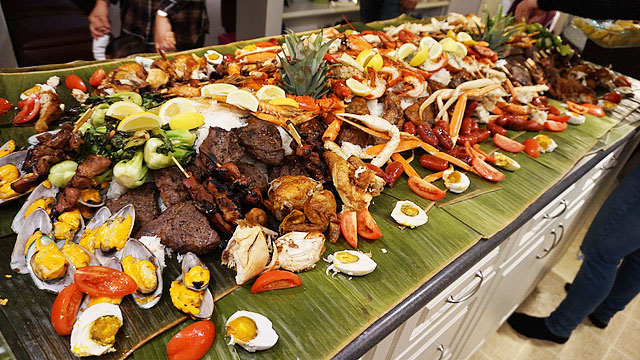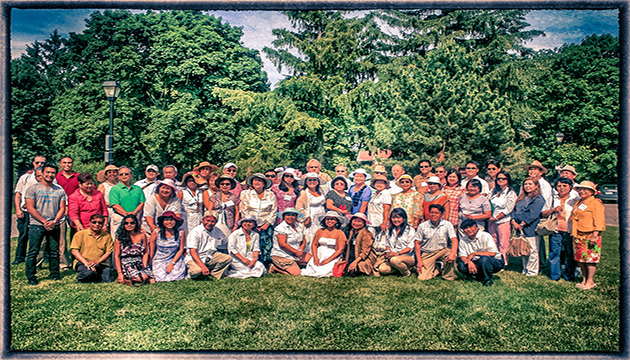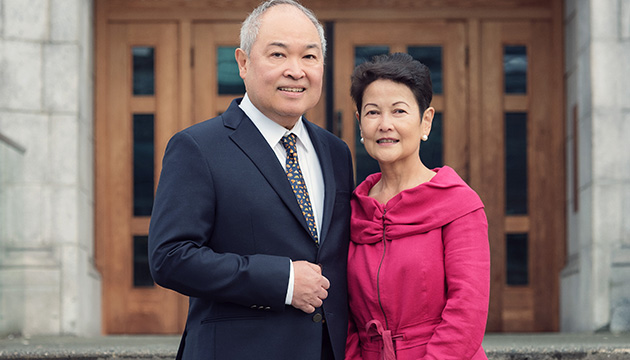The Internet did not just open the floodgates of information. It also changed the way we relate with each other. Email took over snail mail, text messages became more prevalent than actual audio phone calls and video chatting no longer requires a separate monitor, you can do it on your smartphone.
Gone are the days when eyebrows are raised when asked how a couple met and the answer was through “online”. Filipino courtship has changed as “pamamanhikan” is virtually non-existent. Hooking up as well as breaking up via text messages is no longer unusual.
Today, we strike up friendships through Facebook, look at each other’s photos through Instagram and goof around with Snapchat. Singles rarely go to bars to meet potential dates. Instead, they go to dating websites and apps with algorithms making educated guesses on which candidates one might prefer over others in this quest for love. The Internet and all its technological trappings have changed the way we look for love.
Advances in science have also changed how the family is created with the advent of in vitro fertilization and surrogacy. Couples can have children either naturally, by adoption or by any of these scientific ways of conception. Families could now be multi-racial and/or blended with heterosexual, same-sex or single parents and kids who may be biological or adopted.
Put together those advances in science and technology with the Filipino diaspora and you come up with the modern Filipino family. The migration of Filipinos from the homeland to various parts of the world whether for work or to re-establish oneself often meant a temporary departure of one family member, usually a parent, from the rest. In this regard, the internet has also changed how we show love.
Facetime and other video chatting apps have helped connect families across time zones during important celebrations like Christmas and birthdays. The ability to phone each other between continents through chat apps for free have also meant that expensive long-distance phone calls no longer need to be made.
All the ways and means of forming a family need the support of the social institutions that surround it, particularly the government. Filipinos in Canada could count themselves among the luckiest in the world as the Canadian government in its various levels support and value the establishment of the family unit. Take for example the family reunification program of the federal government, one of the three pillars of Citizenship and Immigration Canada’s immigration program. The program paves the way for both recent immigrants and long-established Canadians to be reunited with members of their family.
In Canada, common-law marriages are recognized despite the absence of a marriage contract when it comes to taxation and, in some provinces, rights to inherit assets and properties. Canada was also among the first in the world when, in 1999, the Supreme Court of Canada upheld the rule that same-sex couples should have the same benefits and obligations as heterosexual common-law couples and equal access to benefits from social programs to which they contribute.
Government likewise supports the rearing of children through child tax credits, provision of public education and parental leave. There is also, no matter how imperfect, the Canadian health care system that is envied the world over. Family Day in the love month of February, either the third or second Monday,is celebrated across eight provinces in Canada in recognition of the importance of family.
So whether we celebrate love by going on a romantic date on Valentine’s Day or a simple family gathering on Family Day, it is always a good opportunity for us Canadian Filipinos to remember that there are tools and resources available to celebrate February as the love month that it is.
By Rachel Ramos-Reid for
The CFNet Editorial Board
Contact us at:










